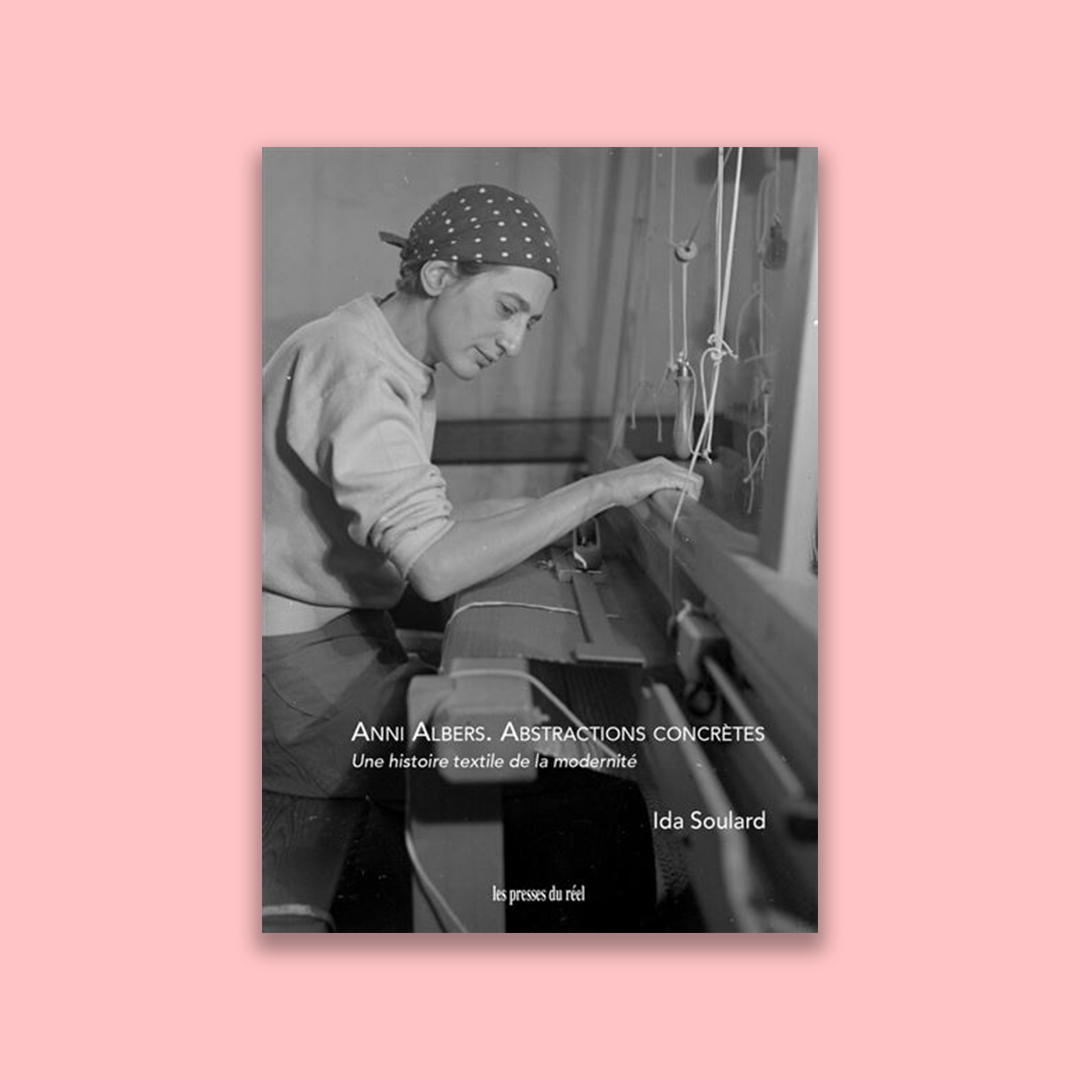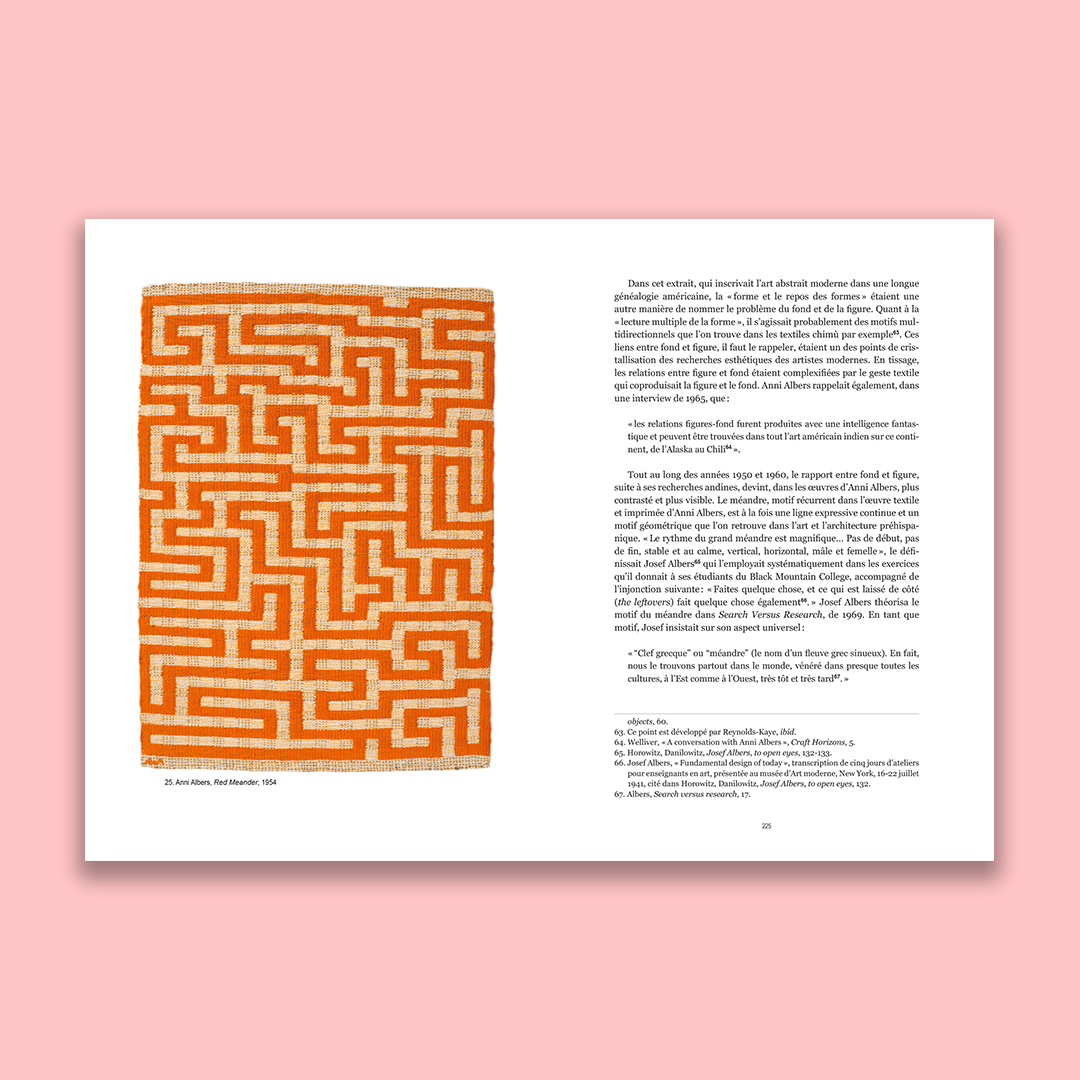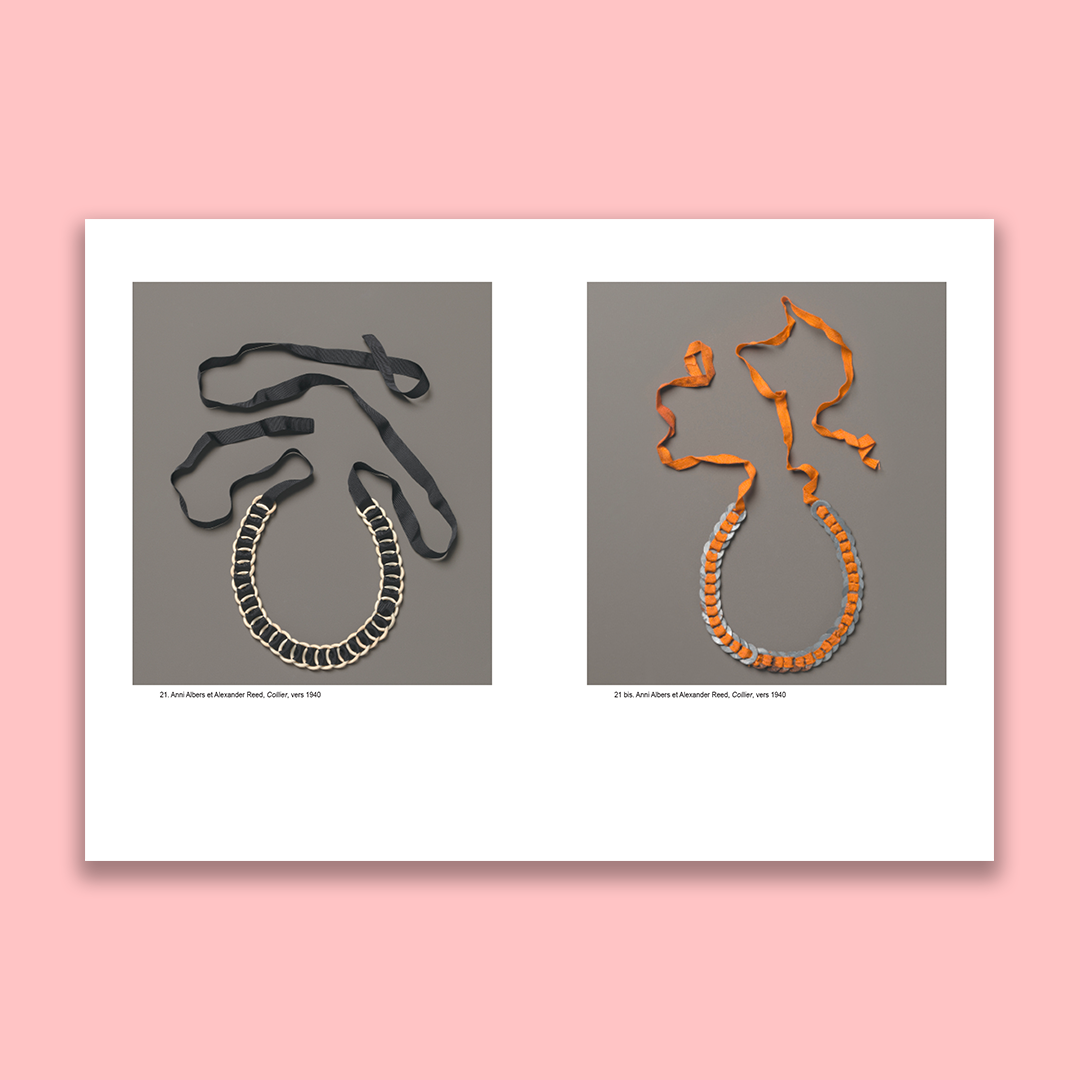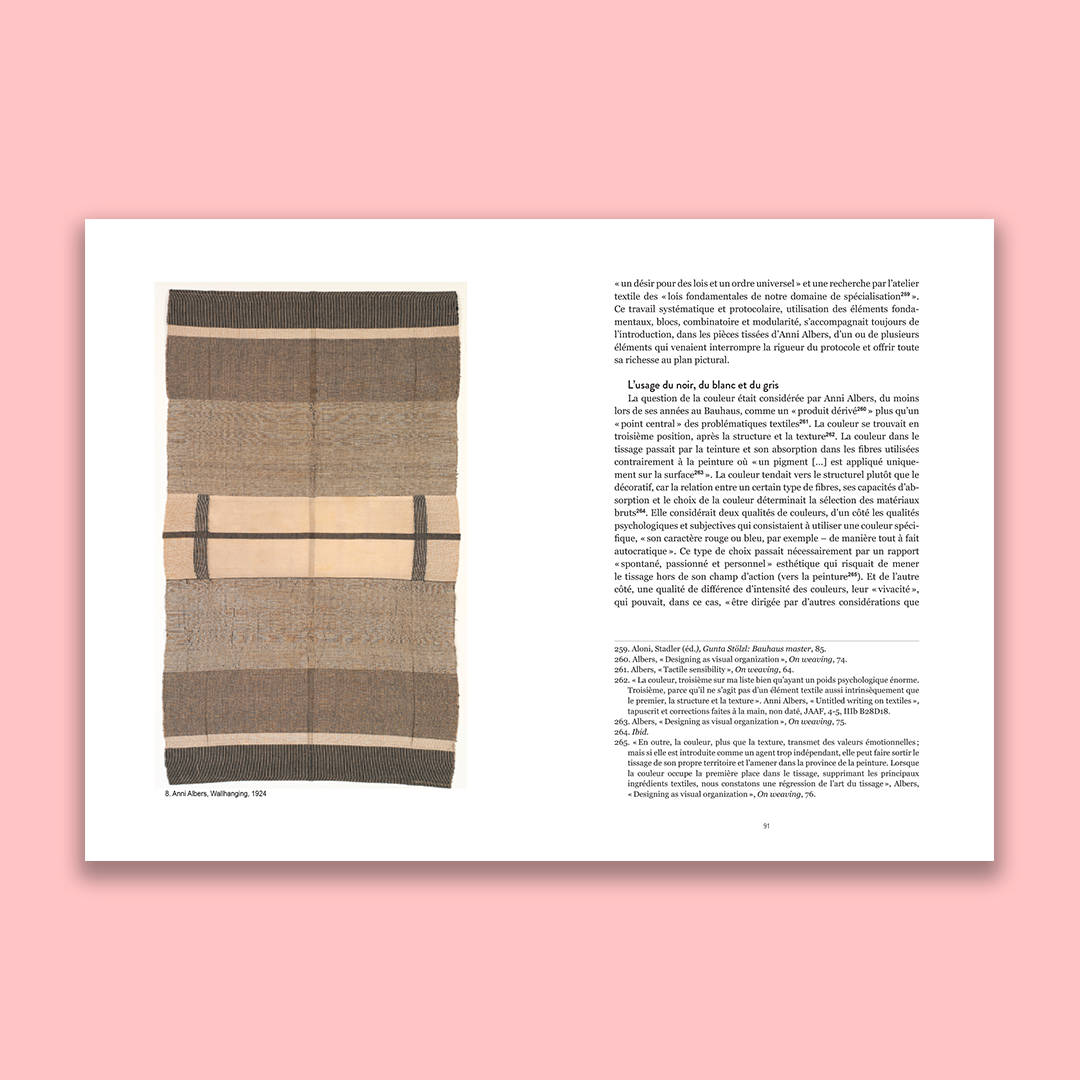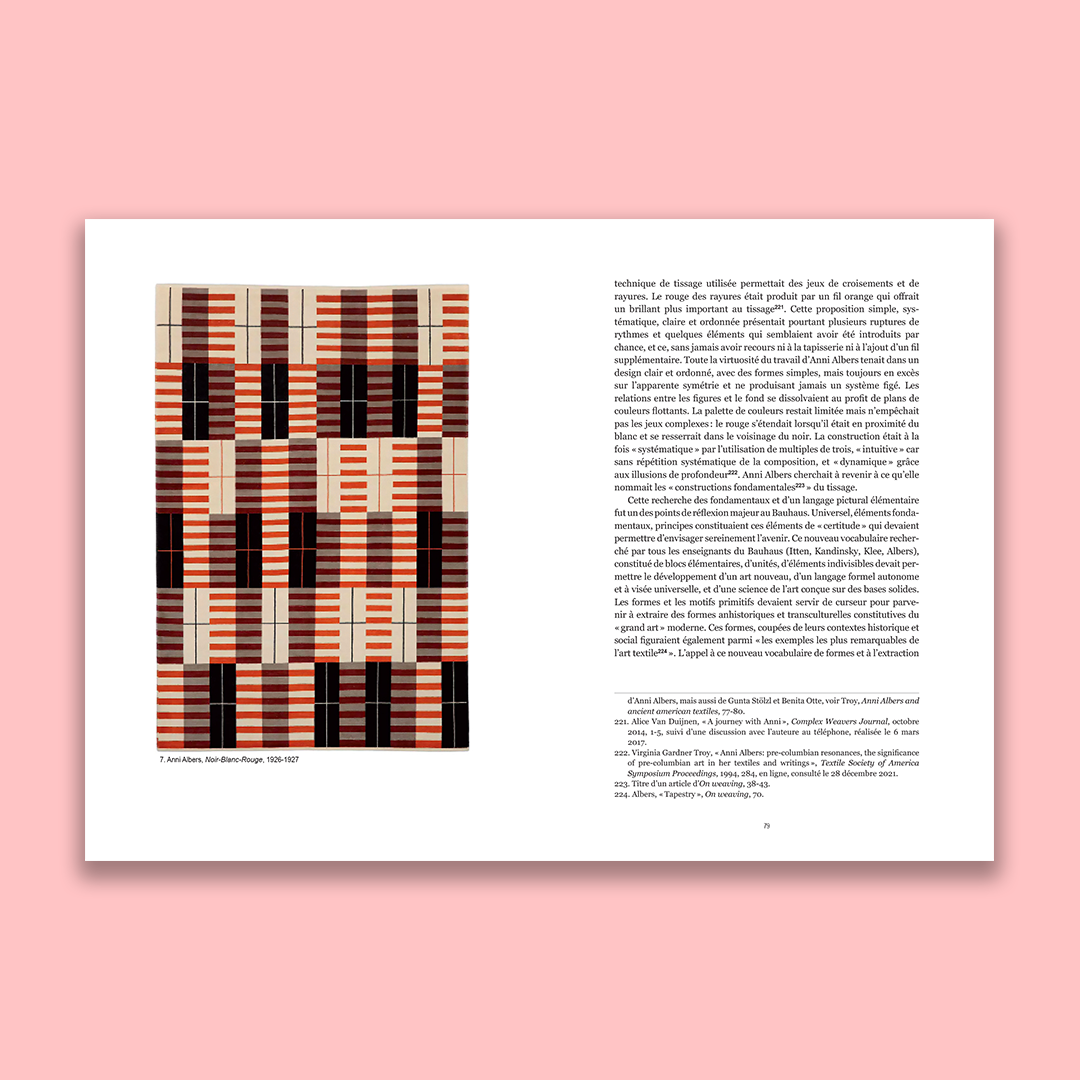The concrete abstractions of Anni Albers (1899-1994)
- Authors: By (author) Ida Soulard
- Publishers: PRESSES OF REALITY
- Date of Publication: 2024-10-11
- Pages: 312
- Dimensions: 240mm x 170mm
Born in Berlin in 1899, Anni Albers, artist, designer and educator,
quickly came up against the gender prejudices that reigned in Germany.
1920s. However, she knew how to take advantage of all the constraints to
to make a force in the service of the construction of an art that she dreamed of
timeless. Between two continents and two modernities, from the Bauhaus in Germany,
At Black Mountain College in the United States, she revolutionized the art of weaving.
and redefined the boundaries between art and design. Still linked, at the beginning of the
20th century to women's work and to what could be called a "sensitivity"
feminine", domestic crafts, furnishing, ornamental and surface art,
Weaving practices are based on systems of rules and codes. Anni
Albers invents a tactile-textile language, abstract, functional and sensual,
escaping traditional classifications.
This first major monograph devoted to the textile work of Anni Albers
brings a new perspective on the history of modern art through the prism of
textile creations and practices. Why be interested in this today?
modern history of textile forms? Precisely because at a time of
profound cultural transformations they offer a multiplicity of
possible forks and untapped historical paths. At the same time
detailed portrait of a major 20th century artist and a dense and informative essay
structured, this book constitutes an essential gateway for anyone
wishes to explore the fascinating world of Anni Albers, her contribution to art and
with modern design, and the richness of its artistic heritage.
Share
